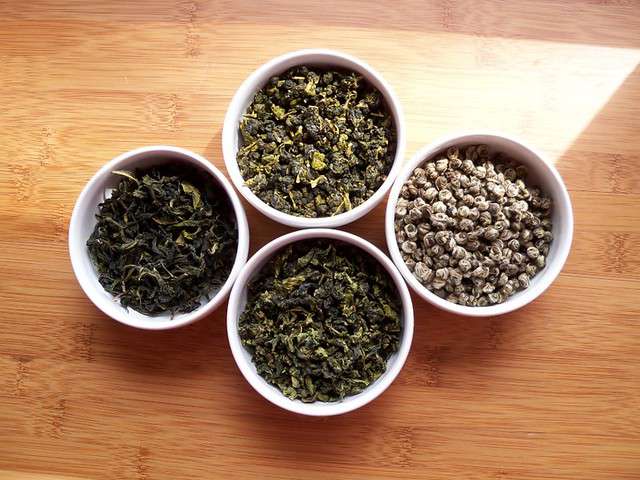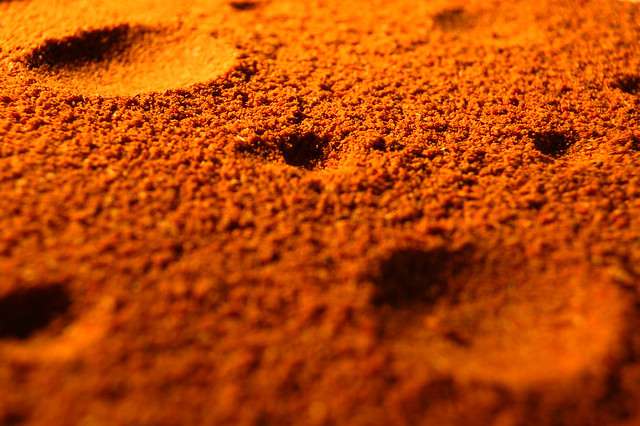
Dietary supplements are growing in popularity as consumers seek a diets and regimens that are nutritive-rich. Currently, the industry is flooded with new products to meet these demands yet many of these products lack industry standardization for quality and safety. Changes are inevitable and organizations such as the Association of Analytical Communities (AOAC) are seeking reliable analytical methods to help monitor and regulate these products. Spectrophotometry has received a lot of attention in the analytical realm of dietary supplements and offers a non-destructive and rapid analysis of many of the common ingredients used in these products.
Setting the Standards
There has been a recent push toward the standardization of dietary supplements, and further research and development has focused primarily on aloe, tea, and vitamin D, which are ranked a top priority in dietary supplement ingredients.1 Industry leaders and stakeholders recently met to review possible methods for the standardization of these ingredients. Instrumental evaluation is always a top contender in the standardization process, as it not only helps to eliminate human error but can also be repeated many times to create a specific protocol for standardization.
Natural supplements have been used for centuries. Instrumental analysis and standardization of these products is the obvious next step in quality product development. Image Source: Flickr user SuperFantastic
Spectrophotometry is often a preferred choice in standardization procedures since it offers an efficient and non-destructive method of analysis. Spectrophotometry is already widely used in food products, pharmaceuticals, and vitamin analytical procedures. This method offers the simple use of light measurement, which allows manufacturers to quantify specific ingredients and use this data for accurate labeling and regulatory purposes. Spectrophotometry utilizes advanced technology to set quantification limits which are essential in developing standards in these markets.



